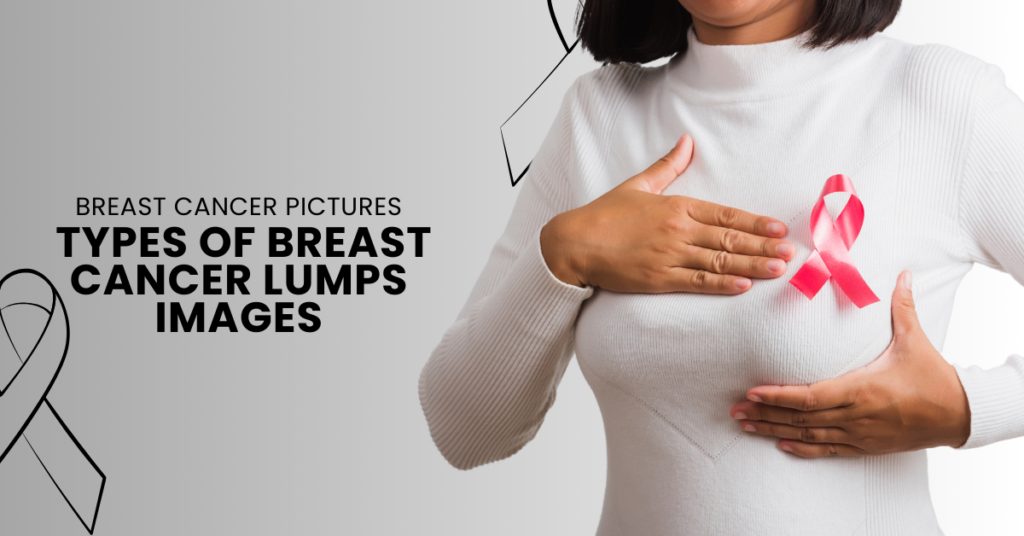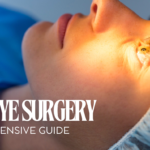
Written by Aapka Care Team | 5 min read
Quick Summary
Breast cancer is one of the most common cancers worldwide, affecting millions of people. While it impacts both men and women, it is more frequently diagnosed in women. Early detection, especially through the use of breast cancer images, is key to determining the best treatment options.
In this article, we will discuss breast cancer lumps, including images of lumps in the armpit, the characteristics of different breast lumps, their signs, and when to consult a doctor. By learning about breast cancer lumps, you can take steps to prioritize your health and make informed decisions.
Key Points:
- Breast cancer affects both men and women, with higher prevalence in women.
- Early detection is critical for effective treatment.
- Breast cancer lumps vary in type, each with unique characteristics.
- If you notice any changes in your breasts, consult a doctor immediately.
What Do the Statistics Say About Breast Cancer?
Statistics reveal that 1 in 8 women will be diagnosed with breast cancer during their lifetime. Breast cancer is divided into two main categories: invasive and noninvasive. Invasive breast cancer spreads to surrounding tissues, while noninvasive cancer remains within ducts or lobules. Of all newly diagnosed breast cancer cases, 59% are invasive and 41% are noninvasive.
On average, women are diagnosed at age 63, though 1 in 6 patients receiving a diagnosis is under 50 years old.
Symptoms of Breast Cancer
Early detection is essential for breast cancer treatment. Being aware of common symptoms helps in identifying the disease early. Below are some of the key symptoms of breast cancer:
- Lump: A hard or round mass in the breast, thicker than surrounding tissue, often accompanied by swelling.
- Skin Changes: Dimpling, redness, puckering, or warmth in the breast.
- Enlarged Lymph Nodes: Swelling of lymph nodes in the armpit.
- Nipple Discharge: Blood or other abnormal discharges.
- Breast Shape or Size Changes: Changes in one breast’s size or shape.
- Inverted Nipples: Nipples turning inward.
- Pain and Itching: Discomfort in the chest or breasts, particularly around the nipples.
- Discoloration: Darkened skin or ‘orange peel’ texture on the breast.
Types of Breast Lumps
Understanding the differences between breast lumps helps in determining whether medical care is required. Here are the main types:
1. Benign Breast Lumps
These are non-cancerous lumps that can be detected during a breast exam. While not all breast lumps are cancerous, it is important to monitor any unusual changes. A doctor may recommend further tests, such as a mammogram or ultrasound, for evaluation.
2. Non-Invasive Breast Cancer
Non-invasive or “in situ” cancers remain confined to their origin (lobules or ducts) and do not spread. They are detected through mammograms or biopsies, and treatment typically involves surgery or radiation.
3. Invasive Breast Cancer
This form of cancer spreads beyond the ducts or lobules into nearby tissues. Treatment often includes surgery, chemotherapy, and/or radiation. There are several types of invasive breast cancer:
- Invasive Ductal Carcinoma (IDC): The most common form, affecting 80% of women with breast cancer. Symptoms include lumps, skin changes, and nipple discharge.
- Invasive Lobular Carcinoma (ILC): Begins in the breast’s milk glands and can spread to other parts of the body. Symptoms include lumps, pain, and skin dimpling.
- Inflammatory Breast Cancer: A rare, aggressive form characterized by redness, swelling, and an orange-peel texture on the skin.
Who is at Risk for Breast Cancer?
While breast cancer can affect anyone, some factors increase the risk:
- Gender: Women are more likely to develop breast cancer, though men are also at risk.
- Age: The risk increases as you age, especially for women over 50.
- Family History: A family history of breast or ovarian cancer increases risk.
- Genetics: Genetic mutations like BRCA1 or BRCA2 elevate breast cancer risk.
- Early Menstruation: Starting menstruation before age 12 or continuing after age 55 raises the likelihood of breast cancer.
- Radiation Exposure: Previous radiation treatments increase the risk.
- Lifestyle: Obesity, alcohol use, and lack of physical activity also contribute to risk.
Screening for Breast Cancer
There are several tests available to screen for breast cancer before symptoms arise:
- Breast Self-Examination (BSE): Regular self-checks help in detecting lumps or changes in the breast.
- Clinical Breast Exam (CBE): A healthcare provider will examine your breasts for any abnormalities.
- Mammography: X-rays of the breast used to detect small tumors before they can be felt.
It’s important to follow up on any positive screening results with additional diagnostic tests such as biopsies.
Takeaway
Breast cancer is a life-threatening condition that requires attention to early signs and symptoms. With technological advancements, you can view detailed images of breast cancer lumps to better understand the condition.
Regular breast exams, screenings, and making healthy lifestyle choices are key to lowering the risk of breast cancer. At Aapka Care, we are dedicated to providing you with accurate information and connecting you to specialists for comprehensive breast cancer care. Our goal is to empower you with knowledge to make the best decisions for your health.
Contact Aapka Care today to speak with an expert about breast cancer detection and treatment.



